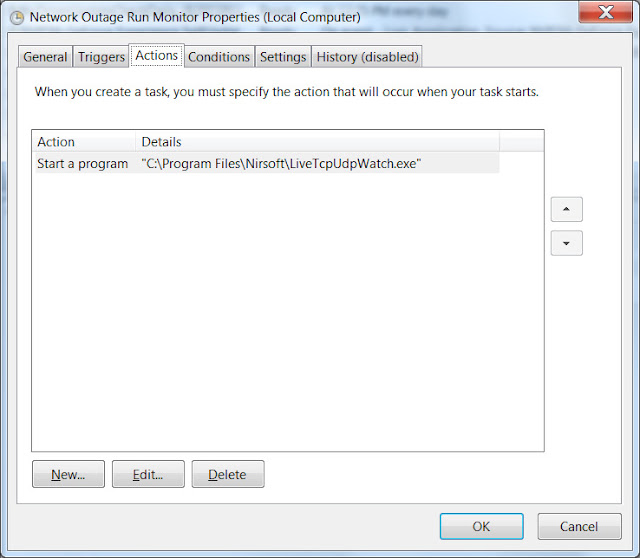Windows Update Toggler Tool (WUTT) addresses the need to prevent untimely updates to your system, like say when you're in a meeting or during a presentation.
This tool simply turns off the Windows Update Service, and on Windows 10+ turns off Optimized Delivery service. OD service is responsible for in part for downloading windows updates, upgrades, and Windows Store applications. Read more here - What is Delivery Optimization? | Microsoft Learn. WUTT turns this off as a precaution as well for Windows 10+.
 Download WUTT app.
Download WUTT app.Program, artwork, code, icons are copyrighted 2025 by MetadataConsulting.ca
Windows Update Service Toggler Tool is free for personal use. For commercial use you must obtain a license. Usage statistics are tracked, like all Microsoft Store Apps. Paid license turns tracking off. Please email metadataconsult[at]gmail.com to purchase, or if you need an evaluation demo for a corporation.
This tool is provided 'AS IS' without warranty of any kind. Metadata Consulting further disclaims all implied warranties including, without limitation, any implied warranties of merchantability or of fitness for a particular purpose. The entire risk arising out of the use or performance of the tool and documentation remains with you.
By downloading and/or using this app you agree to terms and conditions listed under the License Info button. Please read carefully the License information found under the License Info button in the app.






